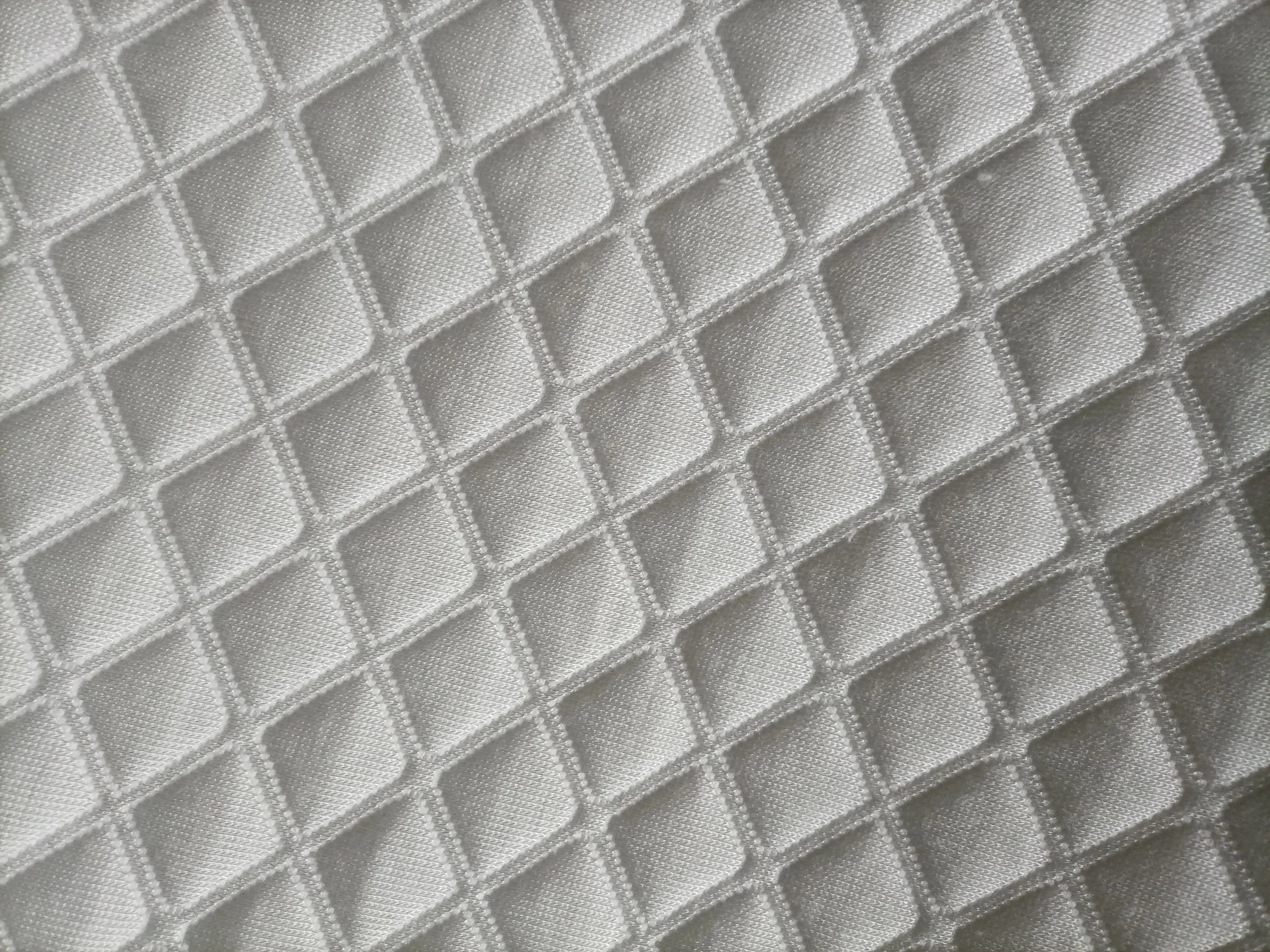
What are easily dyeable fibers and colored silk? Easily dyeable fibers refer to fibers that are easily dyed. In textiles, color gives people the first impression, so the ease of fiber dyeing is a very important indicator. Natural fibers and regenerated fibers are easier to dye because the molecular structure of these fibers contains groups that can combine with dyes. , while ordinary polyester has high crystallinity, high degree of orientation, and lacks groups that can combine with acidic, alkaline and direct dyes, so it is difficult to dye. Generally, disperse dyes must be used under high temperature and high pressure process conditions or in the presence of chemicals. Only dyeing is required, the equipment requirements are high and the process is complicated.
Easy-to-dye fibers solve the above problems and are common There are the following types:
(1) Carrier-free dyeable polyester at normal temperature and pressure, which uses copolymerization or block copolymerization, blending and other methods to make polyester dyeable without a carrier. , When the dyeing temperature is lower than 100℃, disperse dyes can be used for dyeing. For example, polyester fiber PETI (85/15) polybutylene terephthalate PBT blend fiber obtained by copolymerizing a small amount of dibasic acid such as phthalic acid or glycol with terephthalic acid and ethylene glycol. .
(2) Cationic dyes can dye polyester. Cationic dyes are named after the positive charges on the dye pigments. They have complete chromatograms, bright colors, low prices, and simple dyeing processes. Advantages: It is a synthetic dye that can give polyester the dyeability of cationic dyes through various methods such as copolymerization, graft copolymerization, and addition of polyester.
There are also many varieties. Ordinary cationic dye-dyable polyester must have good dyeing properties under high temperature, high pressure or adding carriers, and high temperature will promote cationic dyeing. The dye is hydrolyzed, so polyester dyeable with cationic dyes that can be dyed under normal pressure without carrier boiling has been developed. Easy-to-dye fibers allow fabrics to obtain rich colors through a simple dyeing process, so colorful fabrics require easy-to-dye fibers.
In the production process of fiber spinning, fibers that add dyes, pigments or fluorescent agents to achieve color viewing are called colored fibers or colored fibers, such as colored polyester or if Colored nylon, also known as colored polyester or colored nylon.
Colored fibers have good color fastness, are resistant to sunlight, and are not easy to fade. They can save multiple processes such as pre- and post-weaving processing, dyeing, washing, and drying, and can also solve the problem. Conventional polyester is difficult to dye, and it is very convenient to weave multi-color fabrics such as striped fabrics and jacquard fabrics, but the cost of raw materials is high. Colored fibers are commonly used in fabrics with various colors and high color fastness requirements, such as ties.
What are easily dyeable fibers and colored silk? Easily dyeable fibers refer to fibers that are easily dyed. In textiles, color gives people the first impression, so the ease of fiber dyeing is a very important indicator. Natural fibers and regenerated fibers are easier to dye because the molecular structure of these fibers contains groups that can combine with dyes. , while ordinary polyester has high crystallinity, high degree of orientation, and lacks groups that can combine with acidic, alkaline and direct dyes, so it is difficult to dye. Generally, disperse dyes must be used under high temperature and high pressure process conditions or in the presence of chemicals. Only dyeing is required, the equipment requirements are high and the process is complicated.
Easy-to-dye fibers solve the above problems and are common There are the following types:
(1) Carrier-free dyeable polyester at normal temperature and pressure, which uses copolymerization or block copolymerization, blending and other methods to make polyester dyeable without a carrier. , When the dyeing temperature is lower than 100℃, disperse dyes can be used for dyeing. For example, polyester fiber PETI (85/15) polybutylene terephthalate PBT blend fiber obtained by copolymerizing a small amount of dibasic acid such as phthalic acid or glycol with terephthalic acid and ethylene glycol. .
(2) Cationic dyes can dye polyester. Cationic dyes are named after the positive charges on the dye pigments. They have complete chromatograms, bright colors, low prices, and simple dyeing processes. Advantages: It is a synthetic dye that can give polyester the dyeability of cationic dyes through various methods such as copolymerization, graft copolymerization, and addition of polyester.
There are also many varieties. Ordinary cationic dye-dyable polyester must have good dyeing properties under high temperature, high pressure or adding carriers, and high temperature will promote cationic dyeing. The dye is hydrolyzed, so polyester dyeable with cationic dyes that can be dyed under normal pressure without carrier boiling has been developed. Easy-to-dye fibers allow fabrics to obtain rich colors through a simple dyeing process, so colorful fabrics require easy-to-dye fibers.
In the production process of fiber spinning, fibers that add dyes, pigments or fluorescent agents to achieve color viewing are called colored fibers or colored fibers, such as colored polyester or if Colored nylon, also known as colored polyester or colored nylon.
Colored fiber has good color fastness, resistance to sunlight, and is not easy to fade. It can not only save multiple processes such as pre and post processing, dyeing, washing, and drying of fabrics, but also solve the problem of Conventional polyester is difficult to dye, and it is very convenient to weave multi-color fabrics such as striped fabrics and jacquard fabrics, but the raw materials cost�Higher. Colored fibers are commonly used in fabrics with various colors and high color fastness requirements, such as ties.







